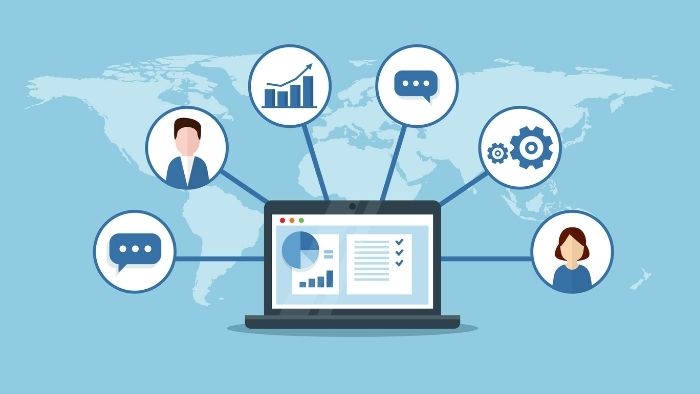Last year at this time Gartner released a study on the growth of Chief Customer or Experience Officers in organizations. It reported that over the past two years these roles have expanded from approximately 65% into almost 90% of organizations. This of course was pre-pandemic. As organizations wrestle with demands for digital transformation required by Covid, the need for CXOs and CCOs will undoubtably increase. As will the need for data. As this article notes, “Data is at the heart of a solid digital transformation; insights arising from tracking customer needs and behaviour are essential information for a business adapting to the digital age.” Hence the emergence of a new software category, the Customer Data Platform.
Why another solution for customer data?
Customer Data Platforms, or CDPs, are designed to consolidate customer data from a variety of different systems to create a persistent, 360-degree view of a customer for use by marketers. But why does this require another application? Isn’t an enterprise CRM like Hubspot or Salesforce enough? For today, not necessarily. A CDP can bring together other kinds of customer data not traditionally held by CRMs, data like social media activity, website actions, online reviews and ratings. This is all information that typically can’t be imported into or held by a CRM, but which delivers a rich view into a customer’s lifetime behaviors. CDPs provide trends, predictive modeling and customer journey mapping for insights beyond where a prospect exists in the marketing funnel.
These solutions enable organizations to create hyper-personalized communications to cross sell their products and to target other, potential customers. Moving beyond a CRM to a CDP makes sense, according to the Gartner press release, since “Committing time and resources to CX efforts should go beyond short-term goals such as awareness, inbound traffic and conversion… [to] …long-term outcomes such as improved customer satisfaction, reduced churn, increased lifetime value and great referral volume.” As noted in an earlier blog post, marketers often find it time-consuming or otherwise difficult to access data that allows them to personalize their communications. This is true whether they are trying to engage with new, or existing, customers.
Other types of data platforms
CDPs shouldn’t be confused with other data platforms used by enterprises. Customer Relationship Management platforms hold sales and marketing data. CRMs can contain a significant amount of information – Salesforce, for example, contains hundreds of standard objects, each with dozens or more fields. (Not surprisingly, Salesforce has created its own CDP, Customer 360 Audiences.) But a CRM holds this data in the context of a lead to customer pipeline. It focuses on direct marketing-related activity by prospects, not customers. Activities prior- or post- funnel, for example, anonymous visits to a website, are not captured.
An Enterprise Data Platform (EDP) aggregates data from an organization’s core applications, financial applications and CRM to provide a consolidated view for analytics and external data integrations. An EDP is a complete and comprehensive data source that is used by different departments. Even as databases or applications change, or new lines of business are added, it remains accessible to users throughout an organization.
Data Management Platforms (DMPs) are used by marketing for access to third party data for advertising. The data they hold is anonymous, and therefore, unverified. It’s also temporary: data usually has a lifetime of 90 days. But a DMP has a specific purpose – it enables marketing departments to create digital advertising campaigns that segment and target their audiences.
Not a be-all, end-all solution
As those new Chief Customer Officers are likely finding out now, a CDP may be a godsend for sales and marketing, but it doesn’t solve every communications problem. A CDP won’t help organizations consistently track customer touchpoints and feed that data and metadata back into their core systems. Without closing this loop, companies may be missing out on important data to optimize their communications, inform business intelligence and insure compliancy.
Similarly, most organizations suffer because their communications creation processes are fragmented. Communications may be built using multiple composition tools that have been acquired by different lines of business. Content (such as templates, logos, and images) and the business rules that define their use may be stored across various solutions. Lacking a central repository for these elements makes creating and updating communications complex and time-consuming.
Even if it unifies myriad data sets to create a long-term and holistic view of customers, a CDP is not going to help organizations if their underlying communications systems also need to be fixed. In that case, CCOs may endure the frustration of seeing their CDP deliver fascinating insights which they are unable to act on.
If you’re using a CDP but want to improve your customer communications further, talk to us. We can connect to all of your data, including your CDP, to significantly improve your customer communications.


.png)
.png)
.png)